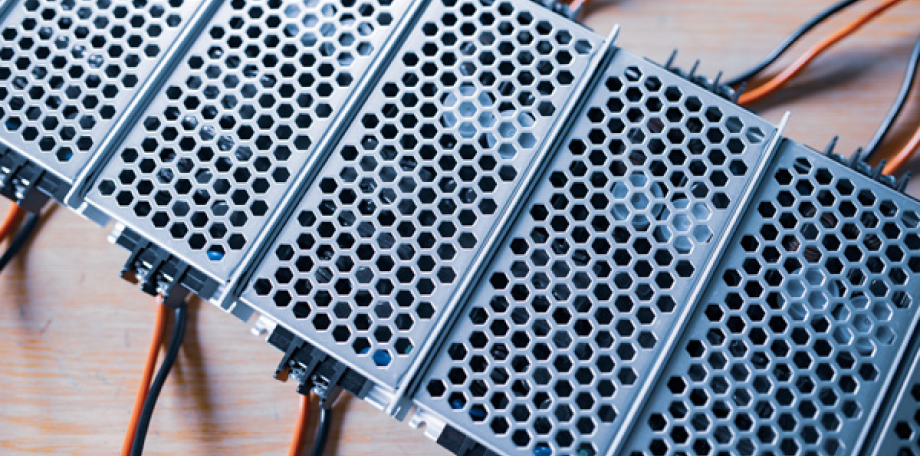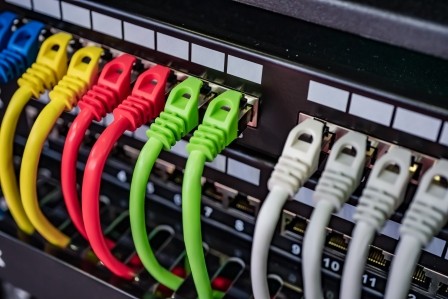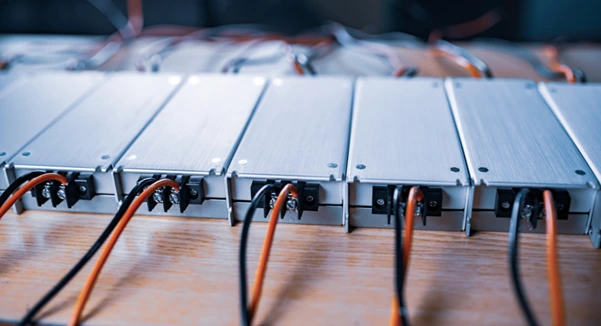5 Types of Common Uninterruptible Power Supplies in Singapore
Introducing the UPS
A UPS is a device that provides emergency power to a load (such as a computer, server, or other critical electrical equipment) when the input power source or mains power fails. In other words, it is a backup battery system that keeps the connected equipment running for a limited yet substantial amount of time during a power outage.
A UPS has many components, but in its most basic form it would generally consist of a battery, a rectifier, an inverter, and a control unit. When the mains power is stable, the rectifier converts the Alternating Current (AC) input to Direct Current (DC), which is then stored in the battery. When a power failure happens, the inverter in the UPS takes over and converts the stored DC power back to AC to supply the connected equipment with the power that it needs. The control unit manages the charging of the battery and the switchover between the mains power and the battery power.
UPS devices can provide a plethora of benefits to users, including protection against any unpredictable power outages and voltage fluctuations, protection against data losses and corruption, as well as vastly improved equipment reliability and uptime. They can also be used as a means of providing power conditioning and surge protection, while helping to ensure the safety and longevity of connected equipment. UPS devices are commonly used in data centres, telecommunications facilities, and other environments where equipment failure or data loss can have deleterious ramifications and should be avoided at all costs.
UPS devices can function perfectly well as stand-alone units, but in many cases they are instead integrated into larger power protection and backup systems, especially in situations of a larger and more complex scale. Here is a list of the 5 most common types of UPS in Singapore, as well as their various defining characteristics.
- Line-interactive UPS
- Standby UPS
- Standby-ferro UPS
- Double-conversion online UPS
- Delta conversion online UPS
1. Line – Interactive UPS
A line interactive UPS is an extremely common device used to provide uninterruptible power supply in Singapore, and provides power protection against power outages and voltage fluctuations. It works by continuously monitoring the incoming AC voltage and, if necessary, regulates it to a stable level. Unlike an offline UPS, a line interactive UPS is capable of providing some level of voltage regulation without switching to battery power. This makes it a good choice for applications that require power protection with a lower budget or for those that need to keep their devices running for a short time during a power outage




